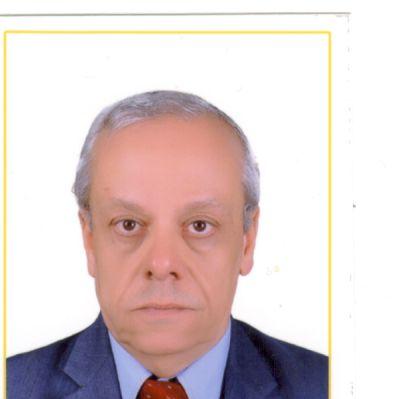INTRODUCTION AND OBJECTIVE: 10 -20% of infertile men suffer from azoospermia of which up to 60% is presumed to have a non-obstructive (NOA) cause.
Whilst there have been studies showing improved sperm retrieval rates (SSR) in men with NOA and low Testosterone by treatment with clomiphene, Human chorionic gonadotropin (hCG) and human menopausal gonadotropin (hMG), no treatment protocols have consistently shown efficacy [1]. Our aim was to evaluate the eventual ICSI outcomes of a hormone stimulation strategy in men with NOA and low Testosterone.
METHODS: This single center retrospective cohort study consisted of 326 couples with NOA males attending a tertiary joint fertility unit over 5 years (2015 -2020).
After 2016, hormonal therapy was initiated in patients with low testosterone (T<12 ng/ml) using a standardized protocol of Clomid, HCG and/or HMG. Patients were divided into three groups: Men with (i) Baseline T < 12nmol/l receiving hormonal therapy for 6 months prior to SSR (group 1) and (ii) Baseline T < 12nmol/l who did not receive any treatment prior to SSR (group 2) and (iii) Baseline T > 12nmol/l (group 3). Partner characteristics were recorded at baseline, and ICSI outcomes from successful SSR recorded on a prospective-collected database.
RESULTS: Baseline partner characteristics between the three groups did not show any significant differences [median male age of 35 (33, 39) years & female age
of 29 (26, 33) years]. In group 1, 84.4 % of men responded to hormonal stimulation with median rise in total testosterone of 6.1 (2.75, 9.6) ng/ml from baseline.
Successful SPR was higher (57.1%) in group 2 but, interestingly, live birth rates (LBR) was 47.1% in group 1 compared to 38.5% & 14.3% in groups 2 and 3 respectively.
CONCLUSIONS: There was a higher SSR in the unstimulated group 2, but both unstimulated groups (2 & 3) eventually had lower live birth rates than group 1,
although this did not reach statistical significance due to small number of patients in the pregnancy groups. Interestingly, men on hormone stimulation (group 1) had much better LBR outcomes than men with normal testosterone (group 3). These findings should be approached with caution owing to the retrospective nature of our study. There is an urgent need for randomized controlled approach to hormone stimulation within a protocol to help to delineate the effect of hormonal stimulation on the pregnancy outcomes. 1. Hussein, A., et al., Optimization of spermatogenesis-regulating hormones in patients with non-obstructive azoospermia and its impact on sperm retrieval: a multicentre study. BJU Int, 2013. 111(3 Pt B): p. E110-4.

